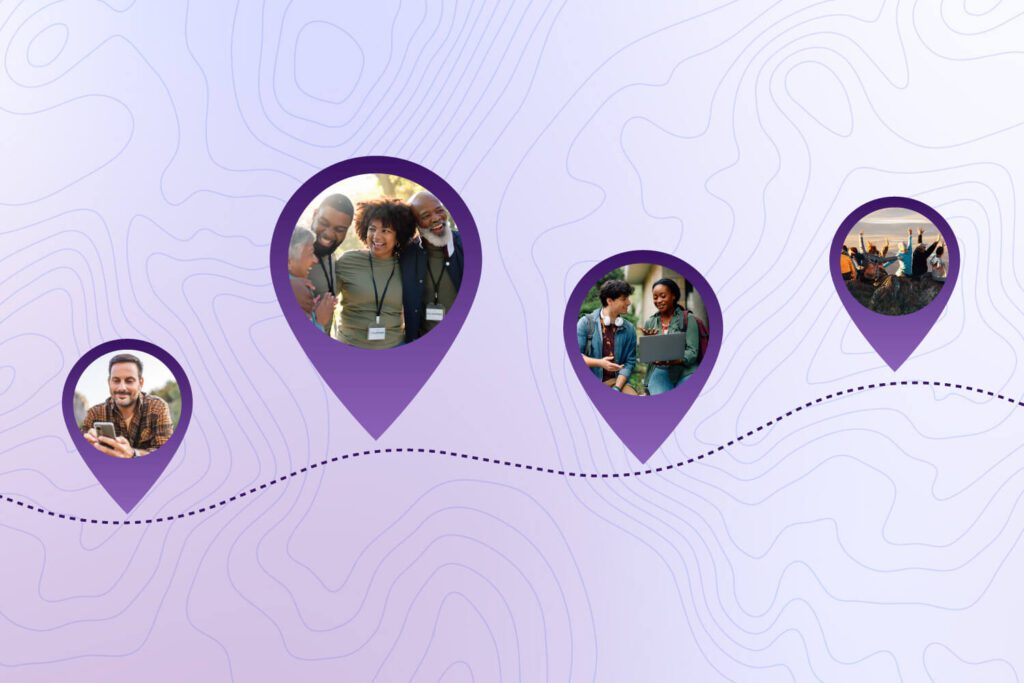For nonprofit organizations, genuine appreciation forms the foundation of donor retention. Expressing gratitude assures donors that you value them for powering your ability to make a difference. It not only generates goodwill and enthusiasm, but it motivates donors to spread awareness of your organization and the work you’re accomplishing together. As a bonus, well-communicated gratitude can also result in additional gifts.
Most nonprofits already understand that thanking donors is important, but how often should you say it? The frequency of your thank-you’s will depend on the gift and donor type, but there are six key points in time that are ideal for expressing gratitude.
1. Accompanying the donation receipt.
Get the gratitude started immediately by adding a short “thank you for your donation” email along with each donation receipt. Be sure to include the exact gift amount and donor’s name. This assures donors that your nonprofit received their gifts and primes them for the next communication in the cadence: your follow-up message.
2. In a follow-up message within a week of the gift.
A few days after you receive a gift, send a detailed thank-you that references the project, program, or community that’s benefiting from the donation, as well as the campaign goals. Be specific with conveying the impact of gifts so donors can clearly understand how they’re contributing to your nonprofit’s purpose. This will set the tone for your ongoing relationship with the donor, so make it personal, poignant, and purposeful.
3. On the anniversary of the gift.
The one-year anniversary of a large gift or a first gift is a perfect occasion for thanking your donor again. Updating the donor on the work their donation made possible and reiterating your gratitude will remind them about the cause they care about and may even prompt another gift.
4. After the project or campaign ends.
Sending another thank-you at a project milestone or after a campaign is finished is a great opportunity to communicate how your nonprofit made use of the gift. Expressing your gratitude at this point will inspire supporters to stay invested in your purpose since it will be accompanied by a sense of accomplishment.
5. On an important holiday.
If you track which holidays your donors celebrate in your donor profiles, sending a thank-you on special holidays communicates gratitude with a personal touch. These thank-you’s are effective because they demonstrate that you care enough to remember important days in your donors’ lives and what they’re passionate about.
You can leverage fundraising software to automatically remind you in advance of these holidays so you won’t forget to send thank-you messages.
6. During the year-end season.
The most wonderful time of the year is extra important for nonprofits because it’s when most donations are given. Donors are typically making decisions about charitable gifts at this time, so a thank-you message will serve as an expression of gratitude and a reminder about their connection to your organization’s work and cause. A thank-you at this time may prompt them to close out the year with another gift.
The true impact of showing donors love
While the content and frequency of thank-you messages will vary based on the nonprofit, you should always keep your donors at the core of your appreciation messages. Make your messages even more memorable by writing handwritten thank-you notes or inviting a donor to meet over coffee to thank them in person. Taking the time to creatively and regularly thank your donors imparts the impact of their kindness and positions them to ramp up their support for your future endeavors.




